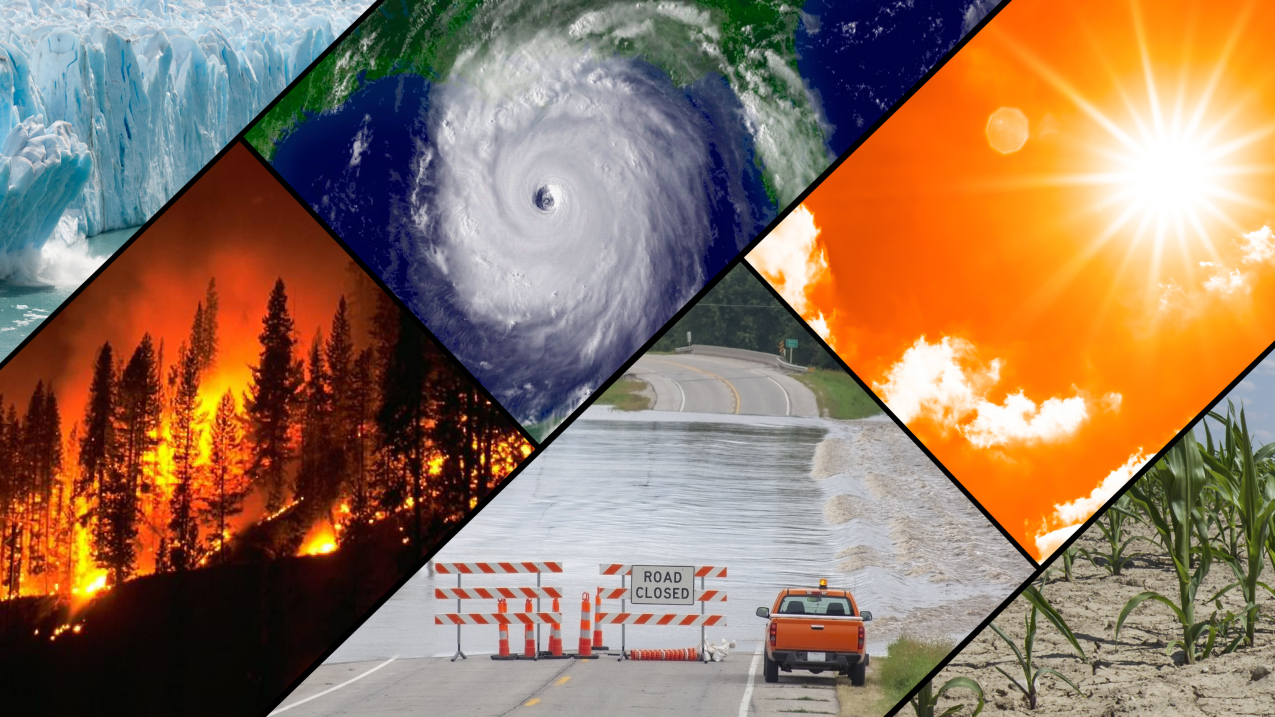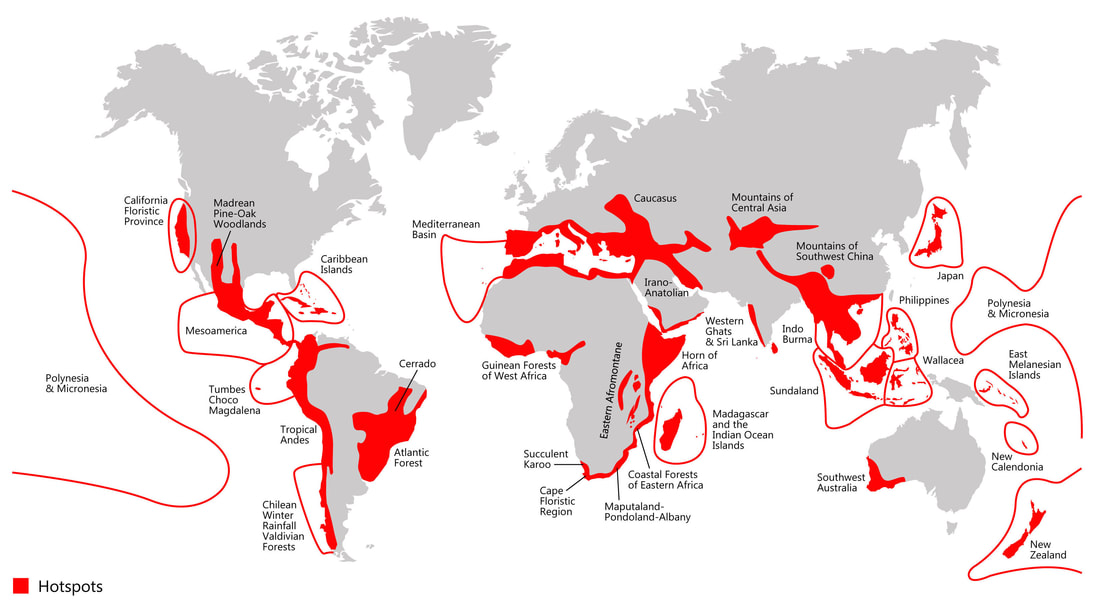Raising Awareness of Environmental Hotspots

Our planet’s biodiversity is facing a crisis of unprecedented proportions. Urbanization, industrial development, and, as a consequence, pollution are causing irreparable damage. There are regions on the Earth characterized by great or, on the contrary, scarce ecological diversity. Preservation of the second type of territory is one of the most important tasks of mankind since the natural diversity of species is a guarantee of environmental stability. At the moment, many regions around the world meet the criteria inherent to ecological hotspots, which have the official status of “ecological hotspots”. They occupy less than 5% of the earth’s surface, but more than half of the endemic plant species and almost 43% of the endemic bird, mammal, reptile, and amphibian species exist in their territory. That is why raising, promoting, and discussing ecological hotspots is so important. The main goal of this activity is to popularize environmental issues in natural hotspots and to form a view of the responsible use of natural resources in society.
What is an Environmental Hotspot?

From lush and green forests to magnificent mountains, some regions of the Earth are simply irreplaceable. Many of these regions are ecological hotspots – areas rich in life but, on the other hand, at high risk of being destroyed. That is, ecological hotspots are, by definition, in a conservation crisis.
The concept of ecological hotspots was proposed by Norman Myers in two articles in The Environmentalist, published in 1988 and 1990, as an answer to the question, “Which areas are most important for ecological conservation on a global scale?”
To be considered an environmental hotspot, a region must meet two strict criteria:
1) It must contain at least 1,500 species of vascular plant endemics – species that occur only in the area. This means that such an area is both unique and irreplaceable.
2) It must lose more than 70% of its original natural vegetation, which means that the location is in danger of extinction.
Conventionally we can distinguish five areas within which ecological hotspots are located – Africa, Europe, Asia-Pacific, North and Central America, South America, and Central Asia.
What are the four types of hotspots?
Conventionally, ecological biodiversity hotspots can be divided into several basic types. In this article, 4 types of ecological hotspots will be given.
1. ecological hotspots of the aquatic environment. This type includes regions with a natural diversity conservation disaster of oceans, seas, lakes, groundwater, etc. In such areas of the Earth, aquatic animal species, freshwater, and marine fish species are threatened with extinction, and environmental degradation near these bodies of water is progressing.
2. environmental hotspots associated with air. In natural hotspots of this type, the problem of gas emissions into the air, air pollution by physical and chemical substances, climate change due to air pollution, and the progression of the greenhouse effect in these areas comes first.
3. ecological hotspots, in which rare animal species are threatened with extinction. Nearly 60% of the world’s bird, mammal, reptile, and amphibian species can be found in such regions, and many of these species are found only in that area. According to the Red List of Threatened Species published by the International Union for Conservation of Nature and Natural Resources (IUCN), these hotspots are home to over 79% of endangered amphibians, 63% of endangered birds, and 60% of endangered mammals.
4. anthropogenic ecological hotspots. Huge numbers of people live in ecological hotspots around the world, including some of the poorest populations, many of whom depend on healthy ecosystems for their livelihoods and well-being. Human survival depends on ecosystem sustainability, clean water, and climate change. In addition, these ecological hotspots often have one of the highest population densities in the world, although this does not mean that the relationship between humans and natural diversity is simply that more people cause more ecological impacts. Anthropogenic activities, not population density, are responsible for human impacts on the environment. Anthropogenic activities primarily include the over-cutting of valuable forests, leading to the deforestation of regions, as well as the environmental pollution of the soil with chemicals and products of human waste.
What is an example of an environmental hotspot?
There are a huge number of recognized biodiversity hotspots in the world. In addition, some regions are not officially on the list of ecological hotspots, but the environmental issues there have also reached a critical point. Here are some examples of the world’s environmental hotspot locations.
In Asia, the real environmental hotspot is India’s capital, New Delhi. The reason is the toxic smog that has enveloped the capital, making it the most polluted capital in the world for several years. The reasons for the poor air quality are industrial pollution and vehicle emissions all year round. Air pollution also peaks due to the burning of crops. Wood fires, cow dung burning, farmland fires, diesel generator exhaust, construction site dust, and trash burning all contribute to critical air pollution in the city. Speaking of air pollution, we should also mention Cairo in Egypt. There, levels of fine particulate matter PM10 and PM2.5, which pose the greatest risk to human health, are several times higher than the levels recommended by the World Health Organization (WHO). The Egyptian Ministry of Health reports that a total of about two million people in the country annually seek medical attention for respiratory problems related to poor air quality.
Another environmental hot spot is Japan, where there is a mass killing of whales and dolphins, contrary to IWC regulations. Although the Japanese government claims to strongly support the protection of endangered species, and scientific whaling is necessary to gather information on the status of various populations, the International Court of Justice nevertheless ruled in 2014 that Japan must stop its Antarctic whaling.
In Europe, the real environmental hot spot is Ukraine, where the fighting is destroying the land. It takes nature 10,000 years to form black earth. A missile blast in the same place takes an instant to destroy it. 90,000 tons of soil have already been destroyed by explosions in eastern Ukraine.

Where can I add information about environmental hotspots?
The world’s biodiversity is undergoing a catastrophic ecological crisis. Various natural and anthropogenic factors are destroying the natural diversity of the environment: urbanization, water, soil, air pollution, and disease. Species are disappearing faster than ever before. To prevent catastrophe, it is important to protect habitats of natural diversity.
Therefore, anyone knowledgeable about ecological hotspots should be able to share and give access to this information. Special portals on the Internet have been created for this purpose. In particular, to learn about environmental hot spots in the world can be found on the resource EcoHubMap. Also, if there is up-to-date information about environmental hotspots in the world, you can add an environmental hotspot here.
